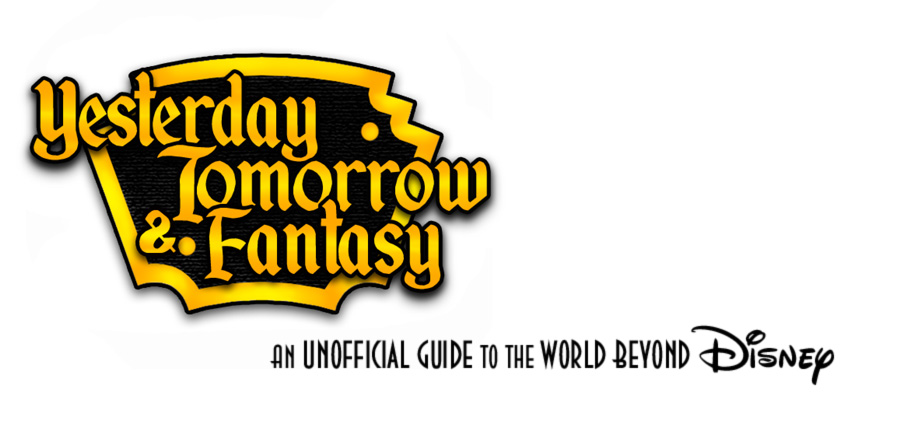1959 was a good year for Disney in front of the cameras. In Disneyland, it was a "Gala Day" when the Matterhorn Bobsleds, Submarine Voyage, and Disneyland-Alweg Monorail were opened on June 15th. The openings were commemorated on television with the program Disneyland '59 (to be re-released theatrically the following year), and inaugurated the new "E-Ticket." On television, Walt Disney Presents, The Mickey Mouse Club, and Zorro were still going strong. On the silver screen, 1959 was Disney's best year since 1954/55... Sleeping Beauty, The Shaggy Dog, Darby O'Gill and the Little People, Third Man on the Mountain, Jungle Cat, Grand Canyon, Donald in Mathmagic Land... After some of the low points of the last couple entries, such a consistently good slate of films is a welcome relief. New stars were also being built up, like Annette Funicello, who was rising to stardom with her first top ten single, Tall Paul.
 |
Walt and the Nixons attempting to cut the ribbon for the Monorail.
Photo: Disney. |
Behind the cameras though, the situation was tense. Annette was getting an improved sense of her own economic value with her rising stardom, and filed a suit to break her contract with Disney in order to make higher pay. Disney launched into their own dispute with ABC to break their contract. As a result, the last episode of Zorro aired on September 24th and the last episode of The Mickey Mouse Club aired on September 25th. It was competition from Pacific Ocean Park, which had started to outdraw Disneyland, that prompted the investment in new attractions. However, the low-capacity wagons and stagecoaches of Nature's Wonderland closed down. And despite how good the films were, Disney's theatrical releases also underperformed through 1959 and 1960. In 1960, the company reported their first fiscal loss in ten years, leading to substantial layoffs in the animation department.
As an aside, for the many fans of a particular Disney Parks attraction (myself included), Rod Serling's The Twilight Zone also debuted in 1959 on CBS. It would run for five seasons, ending in 1964. The show was not initially profitable, having to fight against the bias that Science Fiction was merely childish escapism, but has since become one of the most revered and respected adult television dramas of all time. That The Twilight Zone should have eventually worked its way into a Disney theme park is an ironic twist worthy of the show itself. Whereas Walt offered reassurance, Rod Serling did anything but. The dominant theme of The Twilight Zone was the existential angst of modern society, and especially the role of the modern man in a culture that seemed to be leaving him behind.



